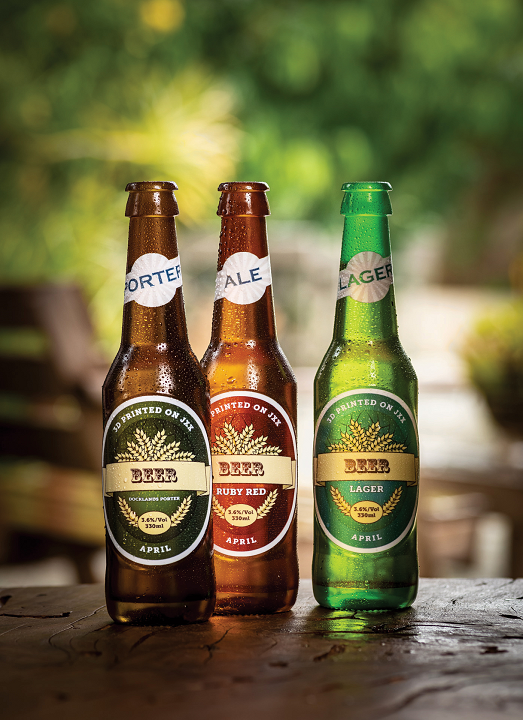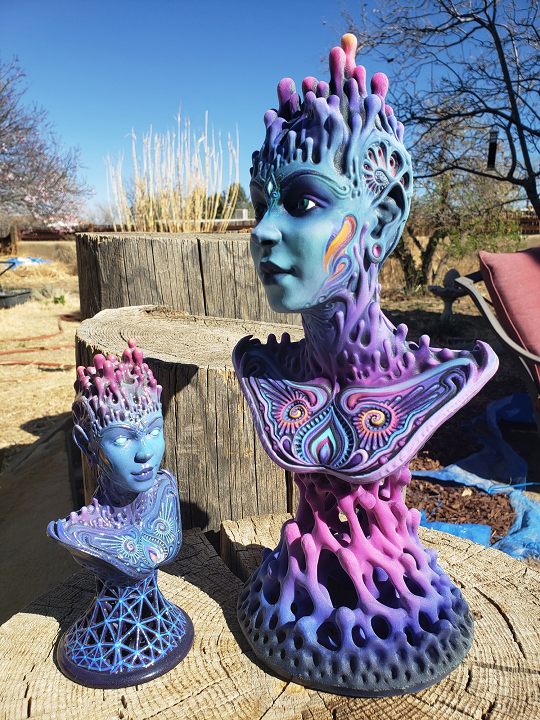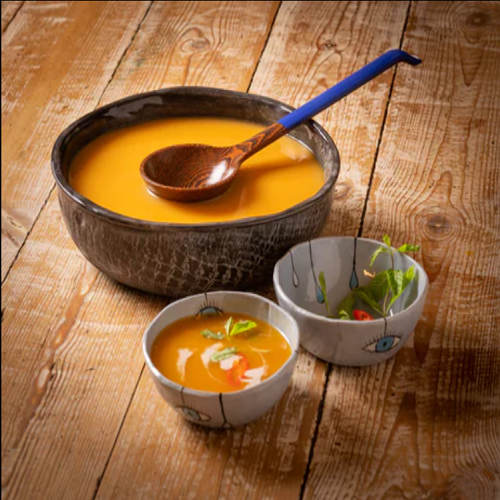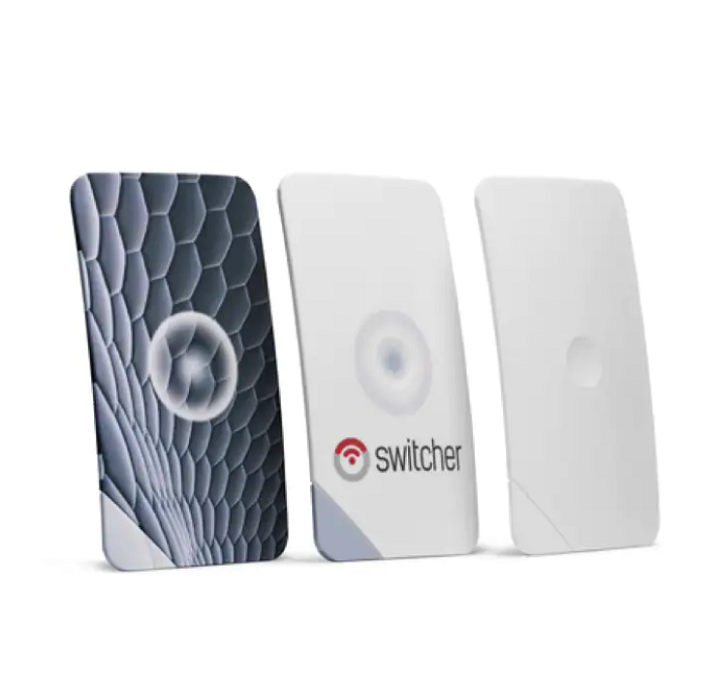Earlier this year, Stratasys (Nasdaq: SSYS) surprised the AM industry by introducing a new PolyJet 3D printer—the J850 Pro—that, while a more affordable option, offered no color, which is very out of the ordinary for the 3D printing solutions provider, known for its bright colors. But this week, we’ve learned that the company is back in its wheelhouse and raising the bar once again for realistic, full-color, multimaterial 3D printing with the latest materials for its PolyJet family of printers.
“PolyJet 3D printing continues to be the best-in-class modeling solution for designers as we continuously improve. What seemed impossibly realistic last year is even better this year,” Shamir Shoham, the Stratasys Design Vice President, said in a press release.

The new opaque colors extend realism to even more prototyping applications, such as bottle labels, which can be combined with VeroUltra Clear material for glass-like clarity.
Last month, Stratasys reported “better than expected” financial results not only for the fourth quarter (Q4) but also for the full-year 2020. Shares are also up 156% since the last earnings report, which was released in November, and CEO Yoav Zeif stated during the Q4 2020 earning’s call that the company’s “unexpected positive results reflect its business model’s resilience and diversification.” I’m guessing with the addition of the new VeroUltra White and VeroUltra Black materials, things will continue to look up for Stratasys.
“VeroUltra™ White and VeroUltra™ Black together with PolyJet Vivid colors, allow the creation of highly professional full color models, with realistic finishes,” the Stratasys website states. “Welcome to the next level of full color modeling.”
One of the major applications for 3D printing is prototyping, and these new offerings can offer opaque materials what Stratasys calls “breathtaking realism and graphic sharpness,” which will be extremely beneficial in terms of product design and prototyping.
In the past, the accurate simulation of color, material, and finish (CMF) has been a lengthy and expensive task, but Stratasys has been working hard to make the process easier for designers with its PolyJet AM solutions. For starters, the company has made sure that the physical color samples that customers examine are a perfect match to the colors its 3D printers offer, by introducing PANTONE® Validated colors. In addition, materials like its VeroUltra Clear offer unique properties, such as flexibility and glass-like clarity, and software formats, such as 3MF, have made achieving high-fidelity modeling much easier by streamlining the 3D printing workflow.
Even when parts are extremely thin, the new VeroUltra White and VeroUltra Black materials, with enhanced color contrast, can simulate high-quality opaque plastic, and Stratasys says that labels and text on packaging meet 2D graphic standards when printed with its new materials. These materials also appear to realistically simulate natural materials like fabric, marble, and wood, and are making even more prototyping applications, like dolls, mobile devices, back-lit panels and screens, and bottle labels, appear even more realistic.

Albuquerque designer Dennis Harroun demonstrated Stratasys’ upgraded color capabilities with an art piece called “Gravity Girl.”
Part designer Dennis Harroun, based in New Mexico, has been beta testing these new opaque materials with Stratasys 3D printers at his firm, Mana Digital Albuquerque. The company creates 3D printed models for jewelry, games, toys, and the film industry, and Harroun is very pleased with the results he’s getting from the VeroUltra White and VeroUltra Black materials.
“The color quality is superb. Stratasys’ opacity is by far the best I’ve seen from 3D printing, hands down, and it would be extremely difficult to replicate the quality through any other modeling method,” Harroun said.
These new opaque color materials, with 7250-9430 psi tensile strength, 83-86 shore hardness, and 1.1-1.4% water absorption, are available immediately for the Stratasys J8 Series and J7 Series 3D printers. In June, the Stratasys J55 3D printer will also support the new VeroUltra White and VeroUltra Black.
(Source/Images: Stratasys)
Subscribe to Our Email Newsletter
Stay up-to-date on all the latest news from the 3D printing industry and receive information and offers from third party vendors.
Print Services
Upload your 3D Models and get them printed quickly and efficiently.
You May Also Like
Havaianas Collaborates with Zellerfeld to Launch 3D Printed Flip-Flops
The shoe of the summer is undoubtedly the flip-flop. Easy on, easy off, your feet won’t get sweaty because there’s not much material, and they’re available in a veritable rainbow...
UCLA Researchers Develop 3D Printed Pen that May Help Detect Parkinson’s Disease
Diagnosing Parkinson’s disease is difficult. Often, early symptoms of the progressive neurological condition may be overlooked, or mistaken for signs of aging. Early diagnosis can help save lives and improve...
Printing Money Episode 30: Q1 2025 Public 3D Printing Earnings Review with Troy Jensen, Cantor Fitzgerald
Printing Money is back with Episode 30, and it’s that quarterly time, so we are happy and thankful to welcome back Troy Jensen (Managing Director, Cantor Fitzgerald) to review the...
Heating Up: 3D Systems’ Scott Green Discusses 3D Printing’s Potential in the Data Center Industry
The relentless rise of NVIDIA, the steadily increasing pledges of major private and public investments in national infrastructure projects around the world, and the general cultural obsession with AI have...


































